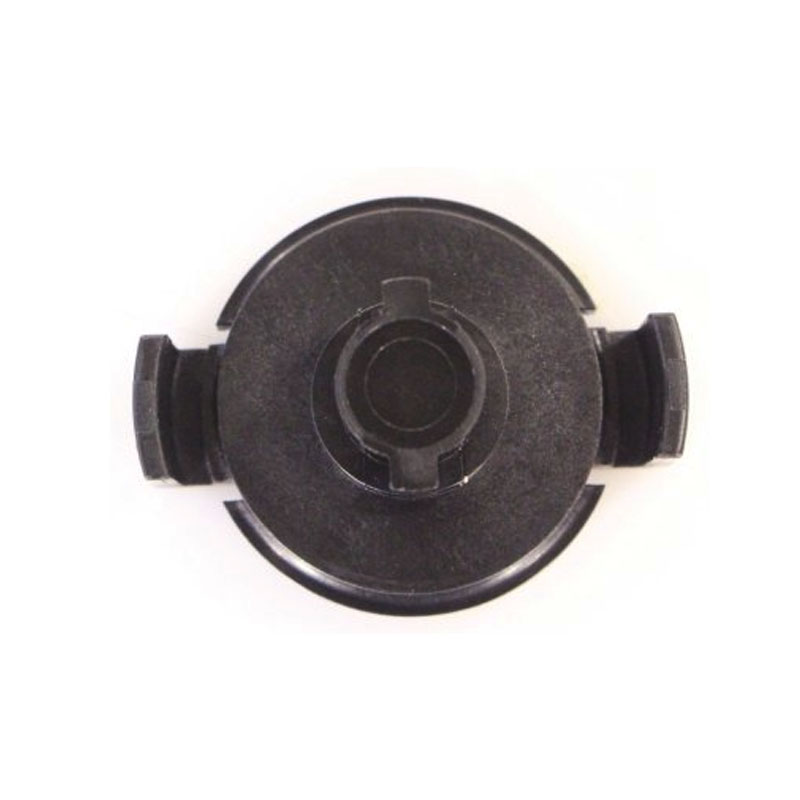flange oil seal
Understanding Flange Oil Seals Function, Types, and Maintenance
Flange oil seals play a critical role in numerous mechanical systems, providing an essential function in the prevention of fluid leakage. These components are particularly essential in rotary applications where shaft rotation is involved. Their proper functioning ensures that machines operate efficiently and without the risk of contamination from external elements or the escape of lubricants.
At its core, a flange oil seal is designed to fit around a rotating shaft, creating a barrier that prevents oil and other lubricants from leaking out while keeping harmful contaminants, such as dirt and moisture, from entering the system. This dual action is crucial for enhancing the longevity and performance of rotating machinery, particularly in automotive, industrial, and marine applications.
Types of Flange Oil Seals
Flange oil seals come in a variety of designs and materials, tailored to meet specific operational requirements. The most common types include
1. Mechanical Seals Often used in high-speed applications, mechanical seals employ two flat surfaces to create a seal. This design minimizes friction and wear, making it ideal for demanding environments.
2. Lip Seals These are the most recognizable type, featuring a flexible lip that contacts the shaft surface. Lip seals can accommodate minor shaft misalignments and are often made from rubber or similar materials to provide a reliable barrier against leaks.
3. V-Rings An innovative type of seal, V-rings can maintain contact with the shaft while allowing for radial displacement. They are typically used in conjunction with other seals to provide maximum protection against contamination.
flange oil seal

4. O-Rings While not traditional flange seals, O-rings can sometimes serve similar functions in certain configurations and applications. Their circular design provides a consistent sealing surface, making them versatile and adaptable.
The Importance of Material Selection
The selection of material for flange oil seals is vital in determining their effectiveness and longevity. Common materials include nitrile rubber, silicone, and fluorocarbon, each possessing unique properties suited for specific environments. For instance, nitrile rubber is excellent for oil resistance, while silicone can withstand extreme temperatures. Fluorocarbon materials offer chemical resistance, making them ideal for harsh industrial applications.
Installation and Maintenance
Proper installation of flange oil seals is critical for their performance. Incorrect installation can lead to premature failure, causing costly downtimes and repairs. It is essential to ensure that the sealing surfaces are clean and free from burrs or debris before installation. Additionally, the correct alignment of the shaft and seal is necessary to prevent uneven wear.
Maintenance also plays a significant role in the effectiveness of flange oil seals. Regular inspections should be conducted to check for signs of wear or damage. If a seal begins to show signs of leakage or degradation, it should be replaced promptly to avoid further complications in the machinery. Using compatible lubricants is also crucial, as certain chemicals can degrade seal materials over time.
Conclusion
Flange oil seals are indispensable components that ensure the smooth operation of various mechanical systems. Understanding their types, functions, and maintenance requirements is key to maximizing their efficiency and lifespan. Proper installation practices and regular maintenance not only mitigate the risks of leakage but also enhance the overall performance of the machinery. In an ever-evolving industrial landscape, the reliability of flange oil seals remains a foundational element in the pursuit of operational excellence. Investing in high-quality seals and adhering to best practices in their maintenance will undoubtedly result in improved machinery efficiency and reduced operational costs.
-
Understanding the Front Main Engine Seal: Purpose, Maintenance, and Installation
News Jul.29,2025
-
Understanding O-Rings and Seal Rings: Types, Applications, and Custom Solutions
News Jul.29,2025
-
Understanding Crankshaft Oil Seals: Rear Seals, Pulley Seals, and Their Role in Engine Integrity
News Jul.29,2025
-
The Importance of Front and Rear Crankshaft Seals in Engine Performance and Oil Management
News Jul.29,2025
-
Crank Oil Seals: Functions, Types, and Cost Considerations in Engine Maintenance
News Jul.29,2025
-
A Comprehensive Guide to O-Rings and Seals: Types, Materials, and Global Applications
News Jul.29,2025
-
Mastering Diesel and Performance Engine Maintenance: A Guide to Critical Oil Gaskets
News Jul.28,2025
Products categories















